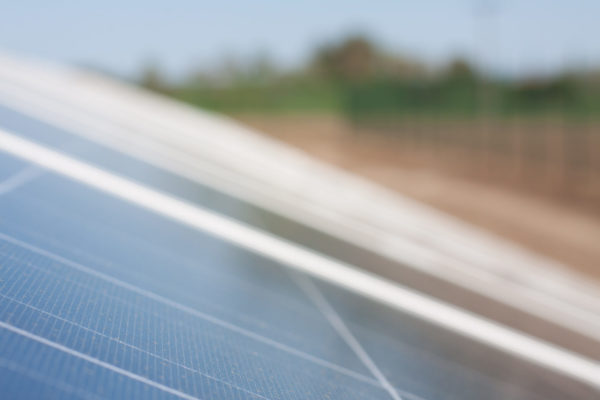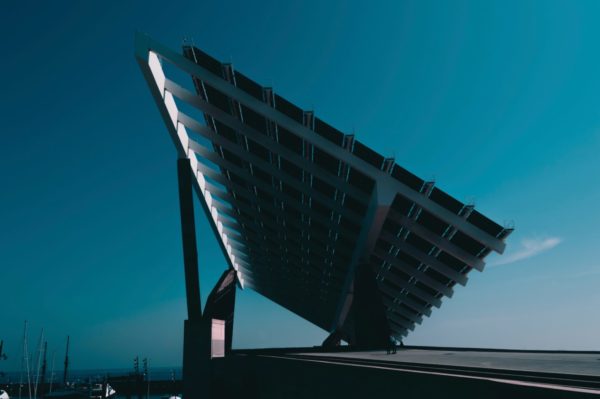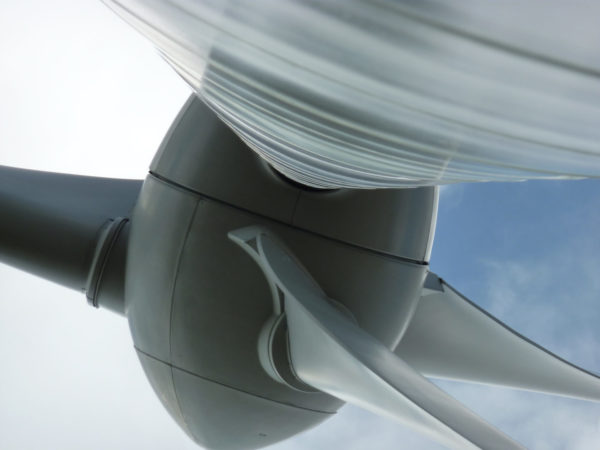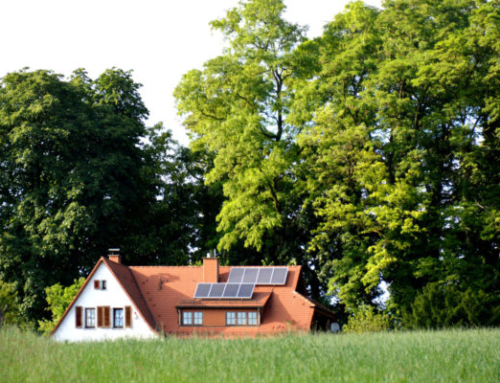In order to become completely dependent on renewable energy, we need energy storage solutions. What is energy storage you may be asking? It is the process of using accumulators or batteries to capture energy that is being produced and storing it for use at a later time. Sometimes energy needs to be converted from its original form to a form that is more convenient or economical to store. Different technologies allow for different types of storage lengths from short-term to long-term.
Some different forms of energy storage include solid-state batteries, thermal, flow batteries, compressed air, pumped hydro-power, and flywheels. Choosing technology for wind and solar energy storage depends on several factors: availability of resources, economics, integration with the system, and application.
Energy storage is particularly important for the development and integration of renewable energy sources like solar and wind energy. With renewable energy, power is only generated when the sun is shining or the wind is blowing, respectively. Solar energy storage and wind energy storage allows excess energy to be accumulated so that it can be used during times when power is not being generated. This allows for much greater use of the clean energy that is produced by these means with fair less loss or waste of generated energy.
The flexibility that energy storage allows has the potential to change the way we are able to produce as well as consume energy. It provides reliability and resilience as well. Drastic improvements in energy storage technology are making it an economically viable solution to renewable energy providing a vast majority of power.
What is energy storage?

Since most renewable energy sources only provide sporadic power currently, storage takes a great source of clean energy and makes it even better by eliminating any energy loss. Storage solutions, while still in development, are becoming more and more long-term and efficient which make them even more viable for implementation on the national grid.
With the cost of batteries dropping, they might become a much more viable energy storage solution. Lithium-ion batteries are currently the most powerful and reliable type of battery. According to Bloomberg New Energy Finance, the cost of such a battery in 2010 was $1,000/kWh. In 2017, that price had dropped to $200/kWh. While that may sound a bit expensive still, the most important thing to realize is that the technology is greatly improving and will soon be just as viable as fossil fuels.
Energy storage is one of the biggest focus points being tackled today when it comes to renewable energy solutions. There are several startups addressing the situation as well as major investments from some of the wealthiest people and companies in the world. With the right investment backing, we may see significant steps be taken towards winning the battle against climate change.
Solar Energy Storage

Solar energy is an immensely powerful energy source. Solar panels are used to help harness this energy. With improved technology, solar power is turning into an efficient source of clean energy. Typically, solar energy doesn’t require a lot of maintenance. The panels need to be cleaned only a couple of times a year.
One of the bigger solar energy challenges was that it can be weather dependent. With adequate batteries used as solar energy storage, however, generated energy can be stored up for nighttime and inclement weather use. Many individuals are making the switch to this renewable energy source wholly or in part.
Since climate change is an important issue that the whole world is currently facing, we are starting to look to renewable energy sources as a way to address electricity generation on a large scale. Solar energy is one of the sources being considered. An efficient solar energy storage solution must be achieved before commercialization and widespread use will become a reality.
Wind Energy Storage

As with solar power, wind energy storage is a big part of eventually being able to integrate wind power to the grid. Currently, the U.S. has successfully added over 60,000 MW of wind-generated power to the grid without the need for large-scale wind energy storage.
This is possible due to the flexibility already present in the current grid system. Grid operators are already accommodating constant variability in electricity supply and demand. Additional wind energy storage would be helpful in integrating wind power, but it may not be necessary. Nevertheless, advances in wind energy storage technology may make energy storage a competitive provider of grid flexibility in the future, but that doesn’t mean that wind energy cannot be integrated on the current system in a cost-effective manner.
Currently, today’s electricity grid is not yet completely equipped to handle the variability inherent in renewable energy generation of power by itself. But, as technology advances in the face of climate change, we are likely to see a shift towards renewable energy and away from fossil fuels.
If we are to win the war against climate change, we need to start relying more heavily on renewable energy sooner rather than later. Focusing on energy storage will help make connecting renewable energy sources to the grid possible on a commercial scale. The built-in flexibility of the current grid system does allow for some integration of wind energy now that can be further increased with advances in technology.






